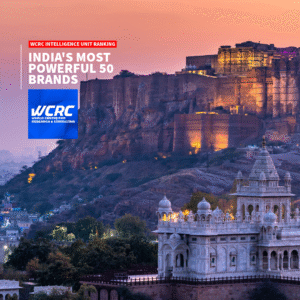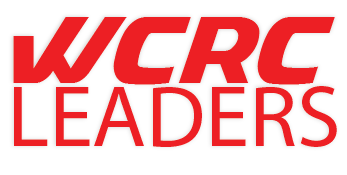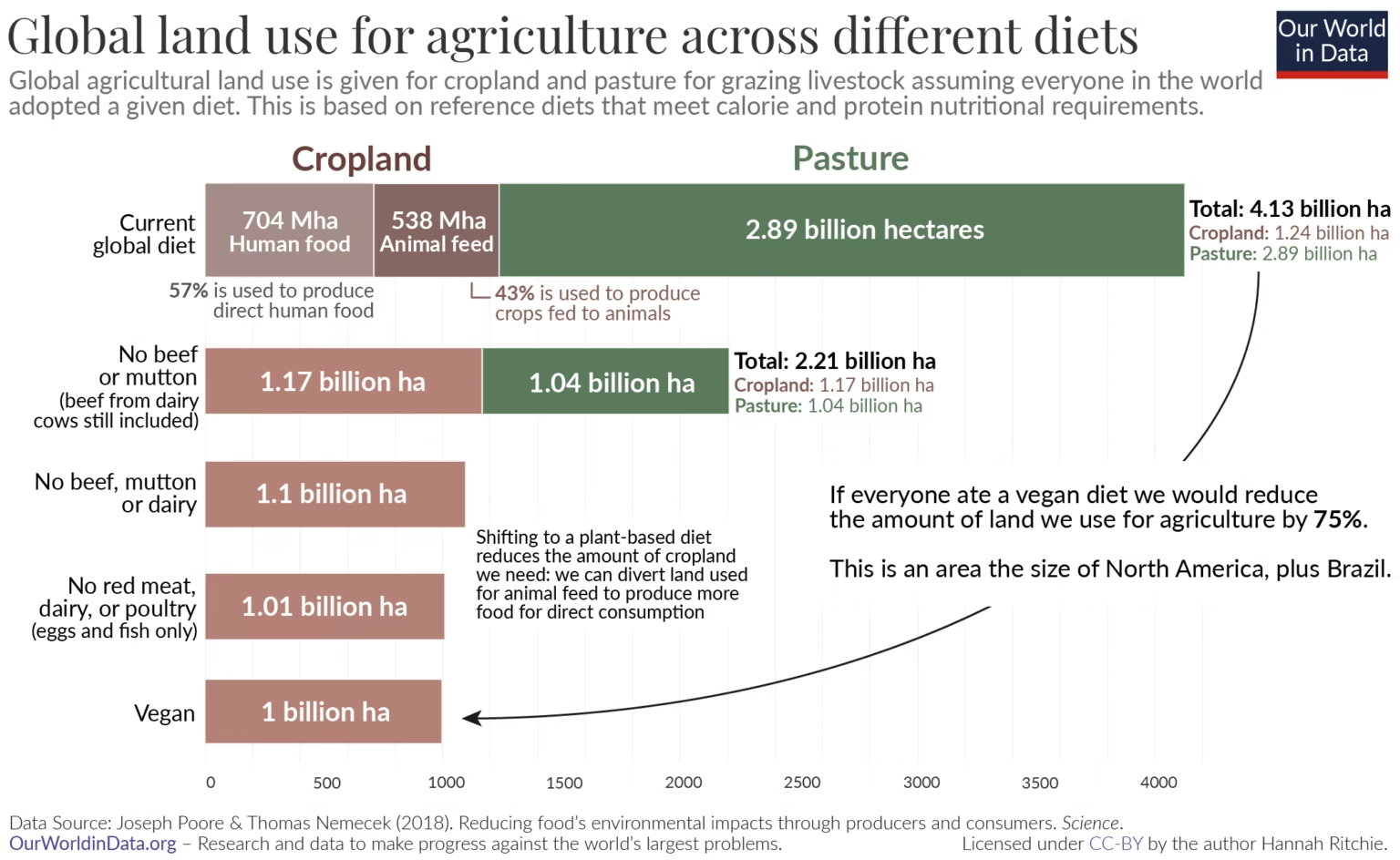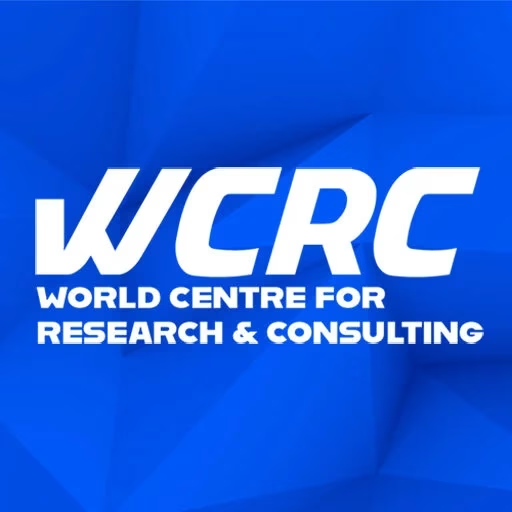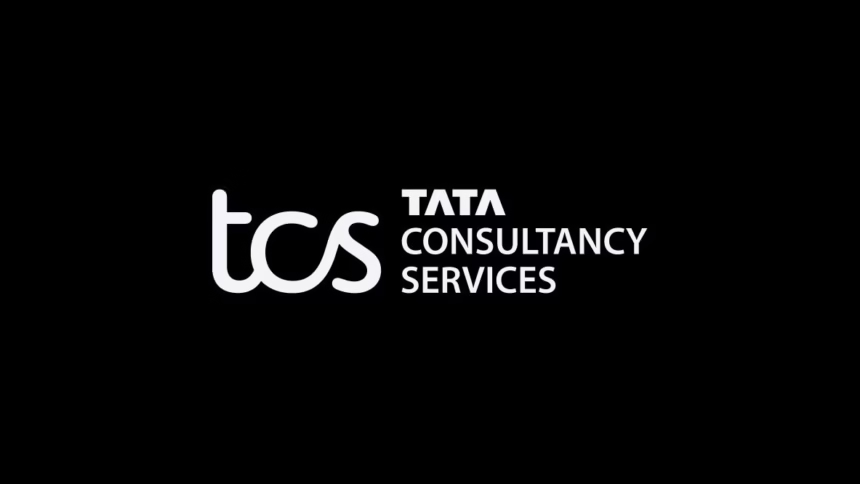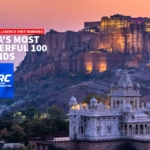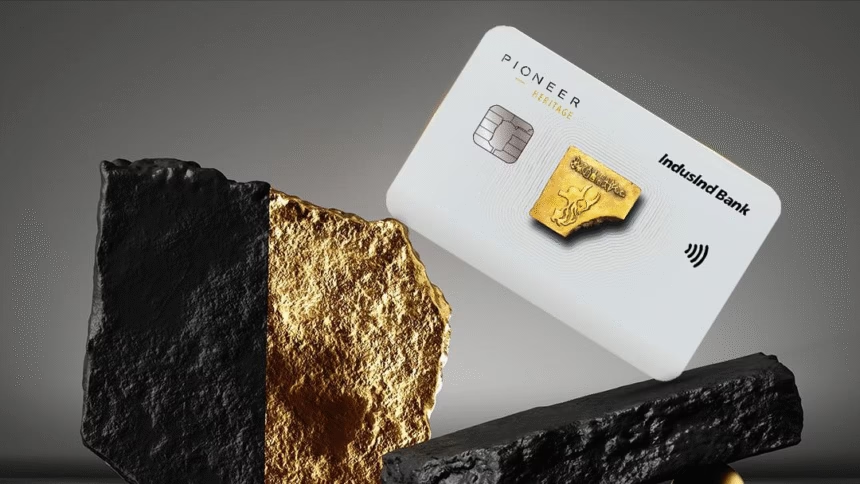We could reduce the amount of land used for grazing and croplands used to grow animal feed.
by Hannah Ritchie
Summary
Half of the world’s habitable land is used for agriculture, with most of this used to raise livestock for dairy and meat. Livestock are fed from two sources – lands on which the animals graze and land on which feeding crops, such as soy and cereals, are grown. How much would our agricultural land use decline if the world adopted a plant-based diet?
Research suggests that if everyone shifted to a plant-based diet, we would reduce global land use for agriculture by 75%. This large reduction of agricultural land use would be possible thanks to a reduction in land used for grazing and a smaller need for land to grow crops. The research also shows that cutting out beef and dairy (by substituting chicken, eggs, fish, or plant-based food) has a much larger impact than eliminating chicken or fish.
The expansion of land for agriculture is the leading driver of deforestation and biodiversity loss.
Half of the world’s ice- and desert-free land is used for agriculture. Most of this is for raising livestock – the land requirements of meat and dairy production are equivalent to an area the size of the Americas, spanning all the way from Alaska to Tierra del Fuego.
The land use of livestock is so large because it takes 50 to 100 times as much land to produce a kilocalorie of beef or lamb versus plant-based alternatives. This is shown in the chart.1 The same is also true for protein – it takes almost 50 to 100 times as much land to produce a gram of protein from beef or lamb, versus peas or tofu.
Of course, the type of land used to raise cows or sheep is not the same as cropland for cereals, potatoes, or beans. Livestock can be raised on pasture grasslands or on steep hills where it is not possible to grow crops. Two-thirds of pastures are unsuitable for growing crops.2
This raises the question of whether we could, or should, stop using it for agriculture at all. We could let natural vegetation and ecosystems return to these lands, which would have large benefits for biodiversity and carbon sequestration.3 In an upcoming article we will look at the carbon opportunity costs of using land for agriculture.
One concern is whether we would be able to grow enough food for everyone on the cropland that is left. The research suggests that it’s possible to feed everyone in the world a nutritious diet on existing croplands, but only if we see a widespread shift towards plant-based diets.
More plant-based diets tend to need less cropland
If we would shift towards a more plant-based diet we don’t only need less agricultural land overall, we also need less cropland. This might go against our intuition: if we substitute beans, peas, tofu and cereals for meat and dairy, surely we would need more cropland to grow them?
Let’s look at why this is not the case. In the chart here we see the amount of agricultural land the world would need to provide food for everyone. This comes from the work of Joseph Poore and Thomas Nemecek, the largest meta-analysis of global food systems to date.4 The top bar shows the current land use based on the global average diet in 2010.
As we see, almost three-quarters of this land is used as pasture, the remaining quarter is cropland.5 If we combine pastures and cropland for animal feed, around 80% of all agricultural land is used for meat and dairy production.

This has a large impact on how land requirements change as we shift towards a more plant-based diet. If the world population ate less meat and dairy we would be eating more crops. The consequence – as the following bar chart shows – would be that the ‘human food’ component of cropland would increase while the land area used for animal feed would shrink.6
In the hypothetical scenario in which the entire world adopted a vegan diet the researchers estimate that our total agricultural land use would shrink from 4.1 billion hectares to 1 billion hectares. A reduction of 75%. That’s equal to an area the size of North America and Brazil combined.
But importantly large land use reductions would be possible even without a fully vegan diet. Cutting out beef, mutton and dairy makes the biggest difference to agricultural land use as it would free up the land that is used for pastures. But it’s not just pasture; it also reduces the amount of cropland we need.
This is an important insight from this research: cutting out beef and dairy (by substituting chicken, eggs, fish, or plant-based food) has a much larger impact than eliminating chicken or fish.
Less than half of the world’s cereals are fed directly to humans
How is it possible that producing more crops for human consumption needs less cropland? The answer becomes clear when we step back and look at the bigger picture of how much crop we actually produce, and how this is used.
In the chart, we see the breakdown of what the world’s cereals are used for. This is split into three categories: direct human food (the rice, oats, wheat, bread, etc. that we eat); animal feed; and industrial uses (mainly biofuels).
Less than half – only 48% – of the world’s cereals are eaten by humans. 41% is used for animal feed and 11% for biofuels.
In many countries, the share that is for human consumption is even smaller. We see this in the map. In most countries across Europe, it’s less than one-third of cereal production is used for human consumption, and in the US only 10% is.7
It’s not just cereals that are diverted towards animal feed and biofuels. It’s also true of many oil crops. As we explain in more detail here, only 7% of soy goes towards human foods such as tofu, tempeh, soy milk, and other substitute products. Most of the rest goes towards oil production which is split between soybean meal for animal feed and soybean oil. These are co-products, although, by economic value, animal feed dominates.
Livestock waste a lot of energy and protein, but do produce more nutrient-dense protein sources
Cereals fed to animals are not wasted: they are converted to meat and dairy, and consumed by humans in the end. But, in terms of calories and total protein, this process is very inefficient. [What’s true is that animals do produce high-quality, micronutrient-rich protein – see the box on this below].8 When you feed an animal, not all of this energy goes into producing additional meat, milk, or eggs. Most of the energy is used to simply keep the animal alive. This is exactly the same for us: most of the calories we eat are used to keep us alive and maintain our body weight. It’s only when we eat in excess that we gain weight.
In the charts here we see the energy and protein efficiency of different animal products.9 This tells us what percentage of the calories or grams of protein that we feed livestock are later available to consume as meat and dairy. As an example: beef has an energy efficiency of about 2%. This means that for every 100 kilocalories you feed a cow, you only get 2 kilocalories of beef back. In general, we see that cows are the least efficient, followed by lamb, pigs then poultry. As a rule of thumb: smaller animals are more efficient. That’s why chicken and fish tend to have a lower environmental impact.
This is why eating less meat would mean eliminating large losses of calories and thereby reducing the amount of farmland we need. This would free up billions of hectares for natural vegetation, forests, and ecosystems to return.
Citation
Hannah Ritchie (2021) – “If the world adopted a plant-based diet, we would reduce global agricultural land use from 4 to 1 billion hectares” Published online at OurWorldinData.org. Retrieved from: ‘https://ourworldindata.org/land-use-diets’ [Online Resource]
